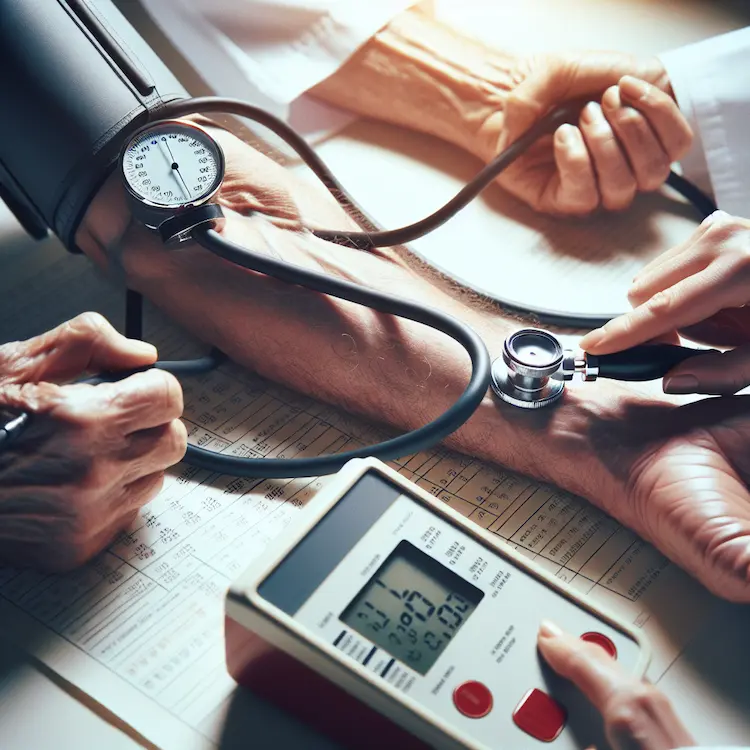Blood pressure measurement is a cornerstone of routine physical examinations, providing crucial insights into cardiovascular health. This non-invasive test offers valuable information about the force of blood against artery walls, helping healthcare providers assess overall health and identify potential risks.
Regular blood pressure monitoring is essential for several reasons:

Blood pressure is measured using two numbers:
These readings are typically expressed as systolic over diastolic, such as 120/80 mmHg.
| Category | Systolic (mmHg) | Diastolic (mmHg) |
|---|---|---|
| Normal | <120 | and <80 |
| Elevated | 120-129 | and <80 |
| Stage 1 Hypertension | 130-139 | or 80-89 |
| Stage 2 Hypertension | ≥140 | or ≥90 |
This traditional method involves:
Pros:
Cons:
This automated method:
Pros:
Cons:
Several factors can influence blood pressure readings:
To ensure accurate readings:

The American Heart Association recommends:
Home monitoring can provide valuable information:
When monitoring at home:
Hypertension is a significant public health concern:
Regular blood pressure monitoring in routine physical examinations plays a crucial role in addressing this health issue by enabling early detection and intervention.
Blood pressure measurement is an indispensable component of routine physical examinations. It provides critical information about cardiovascular health, helps in early detection of hypertension, and guides treatment decisions. By understanding the importance of accurate measurement techniques and following best practices, both healthcare providers and patients can contribute to better health outcomes and reduced cardiovascular risks.